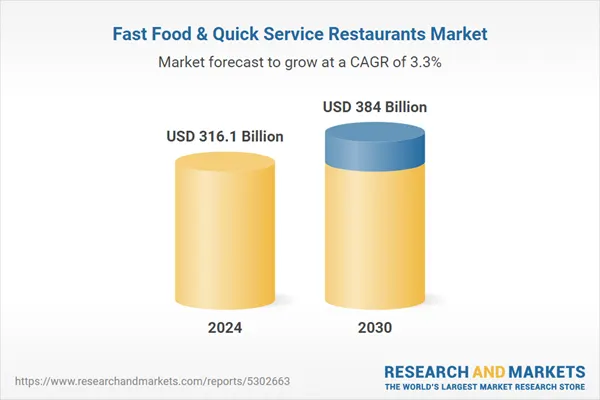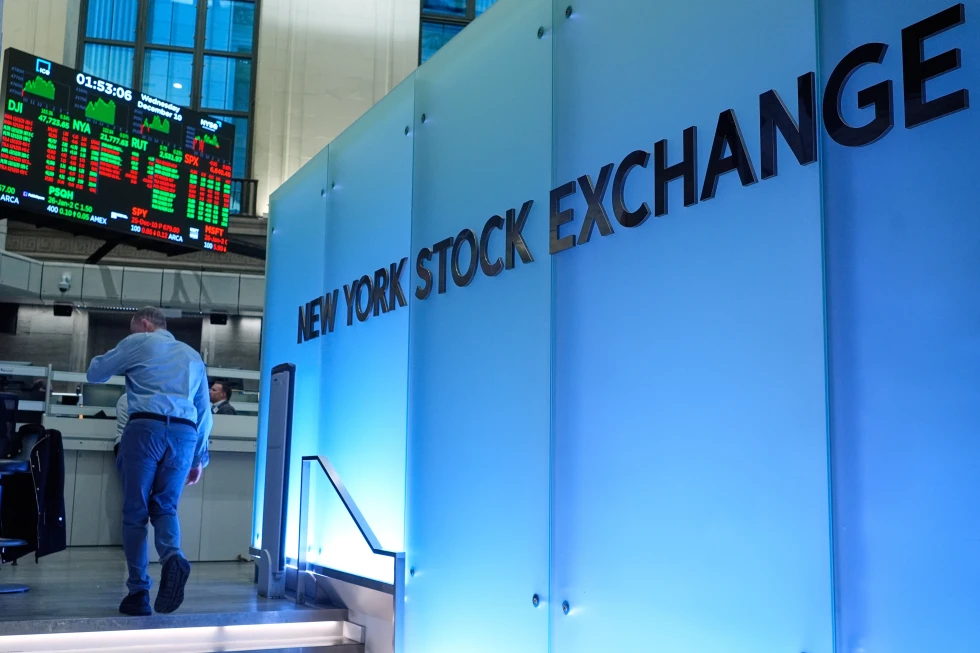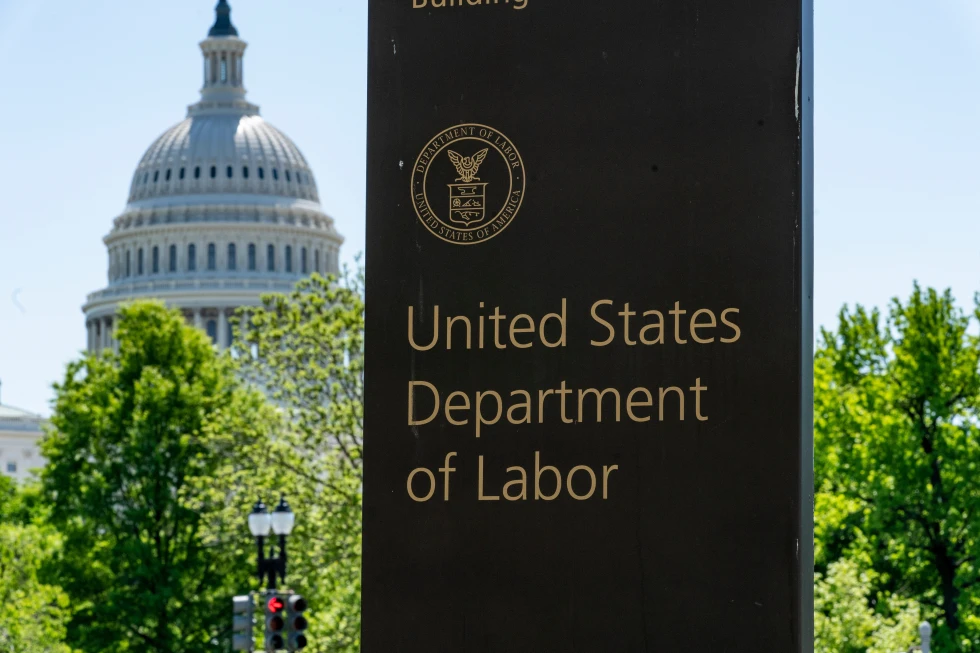Fast Food Market to Hit $384B by 2030, Fueled by Tech & Trends

Fast Food Market to Hit $384B by 2030, Fueled by Tech & Trends
According to a new report from Research and Markets, the global fast food and quick service restaurant (QSR) market is set to grow from $316.1 billion in 2024 to $384 billion by 2030, representing a compound annual growth rate (CAGR) of 3.3%.
The growth is being driven by evolving consumer lifestyles, digital innovation, regional expansion, and health-focused offerings, as detailed in the “Fast Food & Quick Service Restaurants – Global Strategic Business Report.”
Why Fast Food Demand Keeps Rising
Urbanization, busy schedules, and the rise of dual-income households have significantly increased demand for quick and affordable dining options. QSRs meet this need by offering convenient meals that save time—especially in cities where consumers prioritize accessibility and speed.
The popularity of delivery apps and online ordering has also made it easier than ever for customers to engage with fast food brands, expanding reach and loyalty.
Growth Drivers: Tech, Expansion, and Health Trends
Digital transformation is a major force behind the QSR market’s growth. Mobile apps, self-service kiosks, and contactless payments streamline the customer experience while improving service speed and accuracy.
Meanwhile, international expansion is accelerating. Brands are customizing menus with regional flavors, gaining traction in diverse markets and franchise-friendly economies. Chains are also introducing plant-based items and low-calorie alternatives to attract health-conscious consumers.
Sustainability efforts, like eco-friendly packaging and responsibly sourced ingredients, are becoming brand differentiators. Combined, these trends reinforce the QSR industry’s global relevance.
Tech Is Reshaping the Industry
Technology is revolutionizing how QSRs operate and engage with customers. Features like:
-
Mobile loyalty programs
-
AI-driven analytics
-
Self-order kiosks
-
Automated kitchens
are helping restaurants cut costs, increase efficiency, and improve accuracy.
AI tools also help brands understand customer habits, optimize menus, and adjust pricing based on demand. Some chains even use chatbots to handle customer service and reservations.
Health-Conscious Menus Boost Brand Loyalty
Fast food isn’t just about burgers anymore. As wellness gains global traction, QSRs are pivoting to meet demand. Brands are expanding menus with:
-
Plant-based burgers
-
Salads and wraps
-
Low-calorie and grilled options
They’re also embracing transparency, using antibiotic-free meats, organic produce, and publishing calorie counts. These efforts position QSRs as accessible yet mindful choices for modern diners.
Regional Insights and Market Segmentation
-
The U.S. market was valued at $85.3B in 2024
-
China is forecasted to grow at a 6.3% CAGR, reaching $78.9B by 2030
-
Strong growth is also expected across Japan, Canada, Europe, and Asia-Pacific
Segment breakdown:
-
Type: Independent Restaurants vs. Chain Restaurants
-
Cuisine: American, Chinese, Italian, Mexican, Japanese, Turkish & Lebanese, and Others
Key Companies Featured
The report highlights 179 major industry players, including:
-
McDonald’s
-
Chipotle Mexican Grill
-
Yum! Brands
-
Restaurant Brands International
-
DEL TACO RESTAURANT, INC.
-
Darden Concepts, Inc.
-
Kotipizza Group Oyj
-
Carrols Restaurant Group, Inc.
Takeaways
-
The independent restaurants segment is projected to reach $245.8B by 2030
-
Chain restaurants are expected to grow at a 3.8% CAGR
-
Emerging markets and franchise models are fueling international expansion
From digital ordering and automation to plant-based menu innovation and sustainability, the fast food industry is evolving quickly to meet global demand.
: 177







